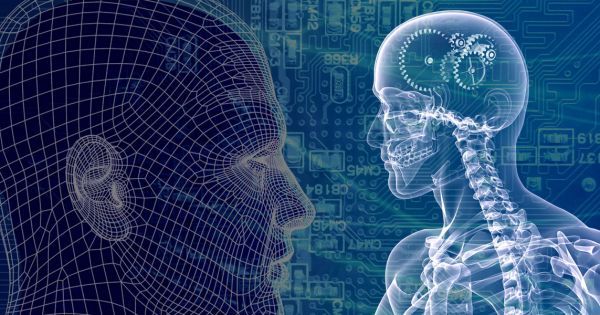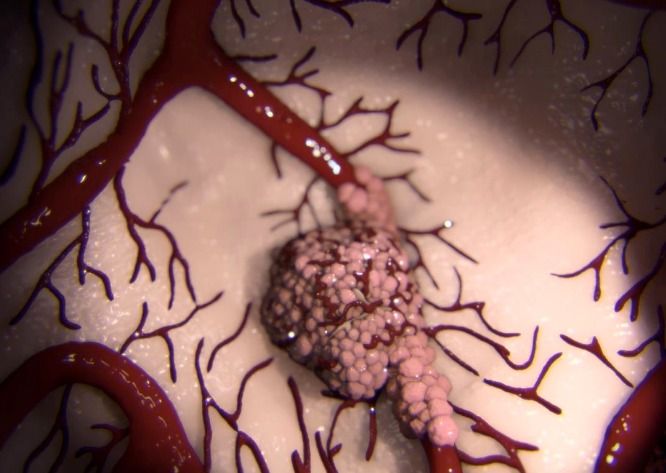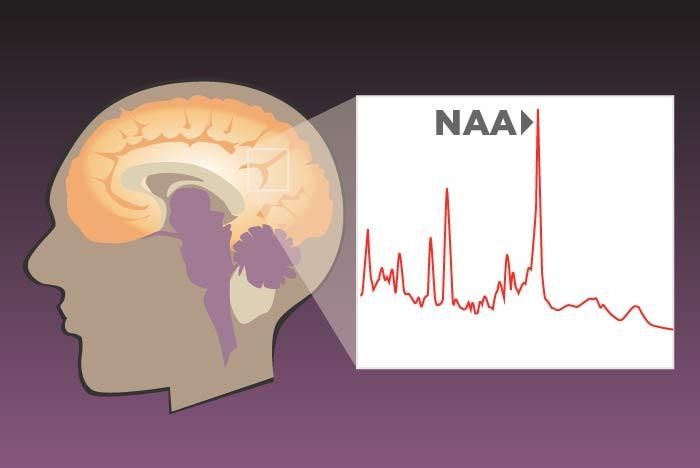Jun 24, 2016
Replacing Humans With AI? IBM’s Watson Edits An Entire Magazine On Its Own
Posted by Shailesh Prasad in categories: computing, robotics/AI
IBM and marketing company The Drum just announced that the AI Watson was able to edit an entire magazine on its own. This showcases the computing potential that AI has in an increasing number of fields.
IBM and a marketing company called The Drum just announced that the AI system known as Watson was able to edit an entire magazine on its own. Yep, an AI magazine editor.
According to a statement released via The Drum, the magazine edited by Watson contains different features that shows Watson’s capabilities. It has different analytical functions, as well as skills necessary to assist modern-day marketers. Also, Watson has been programmed to have the capacity to answer a series of questions about David Olgivy, the “advertising legend,” and was able to give some predictions for the winners of this year’s Cannes Lions awards.

















